New York City Apartment Amenities Through the Ages
Luxury Defined spotlights amazing amenities in New York City apartments, from the expected to the unexpected, designed to enhance luxurious lifestyles
Luxury Defined spotlights amazing amenities in New York City apartments, from the expected to the unexpected, designed to enhance luxurious lifestyles
New York City apartment amenities can be characterized as a congregation at either end of the comfort scale: lavish or lacking. What most New Yorkers lack is space—living, green, storage, play. For decades as the city developed farther and farther northward, except for the most monied classes, the streets and Central Park were its backyard. Gyms and the Y’s and public pools were the only available exercise options, and affording anything beyond them was a dream. Those who could, found relief in summer getaways to the Catskills in the 19th century and the Hamptons in the 20th.
You can stay home in the 21st—all you could ever want is right there. For upwards of about US$5 million to, well, the sky’s the limit.
Apartment living was already beginning to change by the late 1800s as haute New Yorkers demanded more of the amenities they had in their country homes in their city apartments. New York’s first luxury apartment building, The Dakota, more famous now for John Lennon, was built to meet some of those demands.
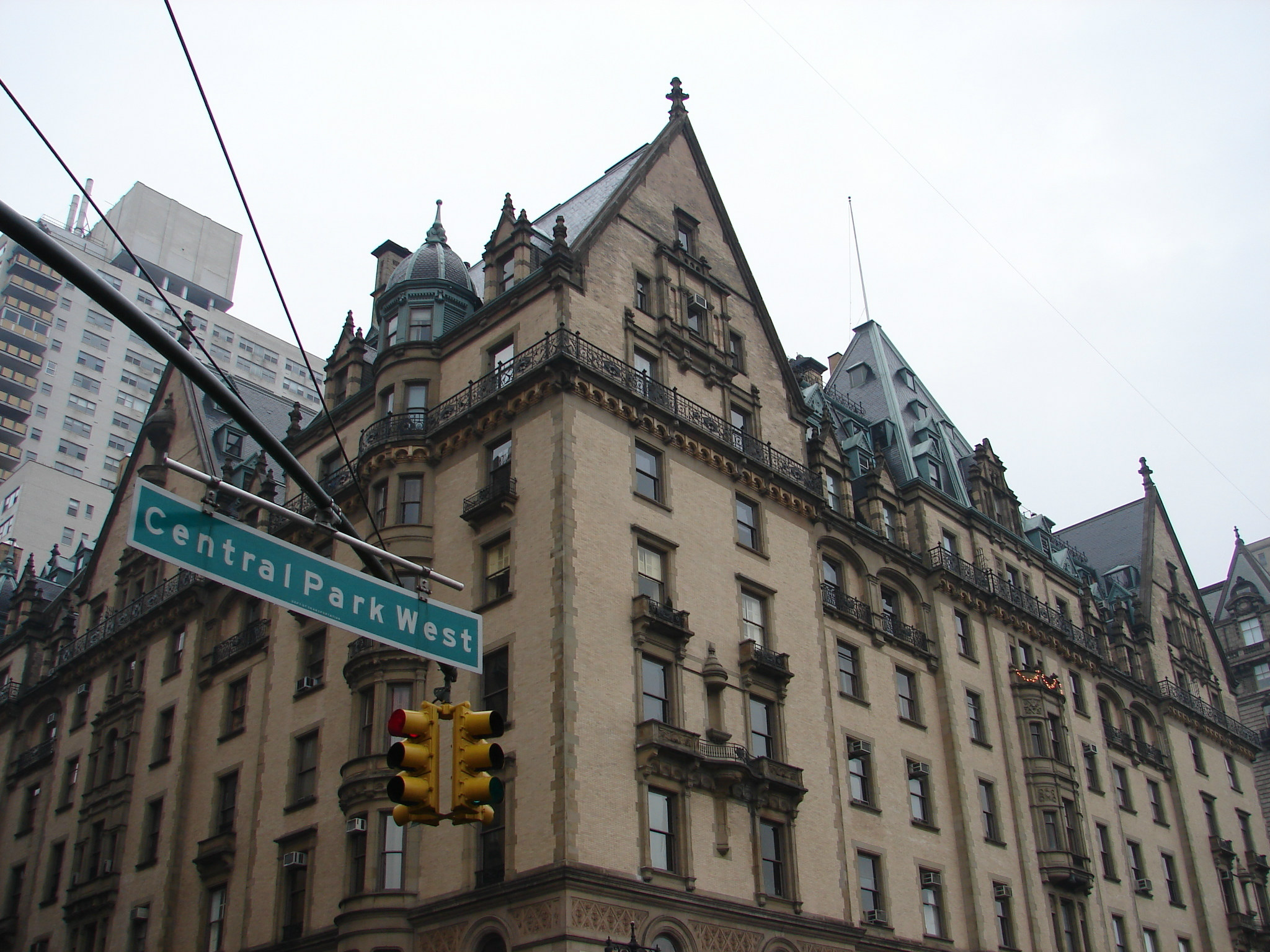
Completed in 1884 at the corner of 72nd Street and Central Park West, The Dakota apartments were designed with 14-foot ceilings, state-of-the-art kitchens, and wood-paneled entertainment areas. Its exterior is still ornamented by the original and restored gables and dormers, steep roofs, spandrels, and balustrades reminiscent of a Renaissance style that mostly speaks to influence and excess and rendered the building immediately iconic and indelible—and beloved. Its paved interior courtyard was designed for carriages to enter the porte cochere from the street, and there was a lift to transport them to a multi-level garage once their riders disembarked. Novel at the time, there also was a gym and children’s playroom. Every apartment was different and monthly rents ranged from US$1,000 to $5,600 at the time, which would be about US$26,000 to $144,000 per month in today’s dollars.
Everything old is new again. Somewhere between the prewar (World War I) apartment-building boom that lined Park Avenue, Fifth Avenue, and Central Park West with grand green-awninged brick mid-rise buildings—featuring apartments with high ceilings, sunken living rooms, and unique layouts—and the postwar (World War II) ceramic-tiled 1950s and ’60s, New Yorkers wanted more than a laundry room in the basement and storage for their bikes.
Ceilings got lower so buildings could get taller. But windows got bigger, more bedrooms, closets, air conditioning, and second bathrooms were added, along with building gyms and indoor pools. Postwar buildings might not have the old-world charm of a prewar, but the newer apartments had the creature comforts. Not exactly lavish, except by comparison to what preceded them.
Modern New Yorkers have not stopped demanding more amenities and developers have not stopped building apartments with increasingly novel features—and marketing campaigns—to lure and retain residents. Some of today’s architectural features intended to attract luxury buyers and renters are the same features that were de rigueur in prewar apartments, including high ceilings, wood-paneled entertainment areas, state-of-the-art kitchens, and porte cocheres.
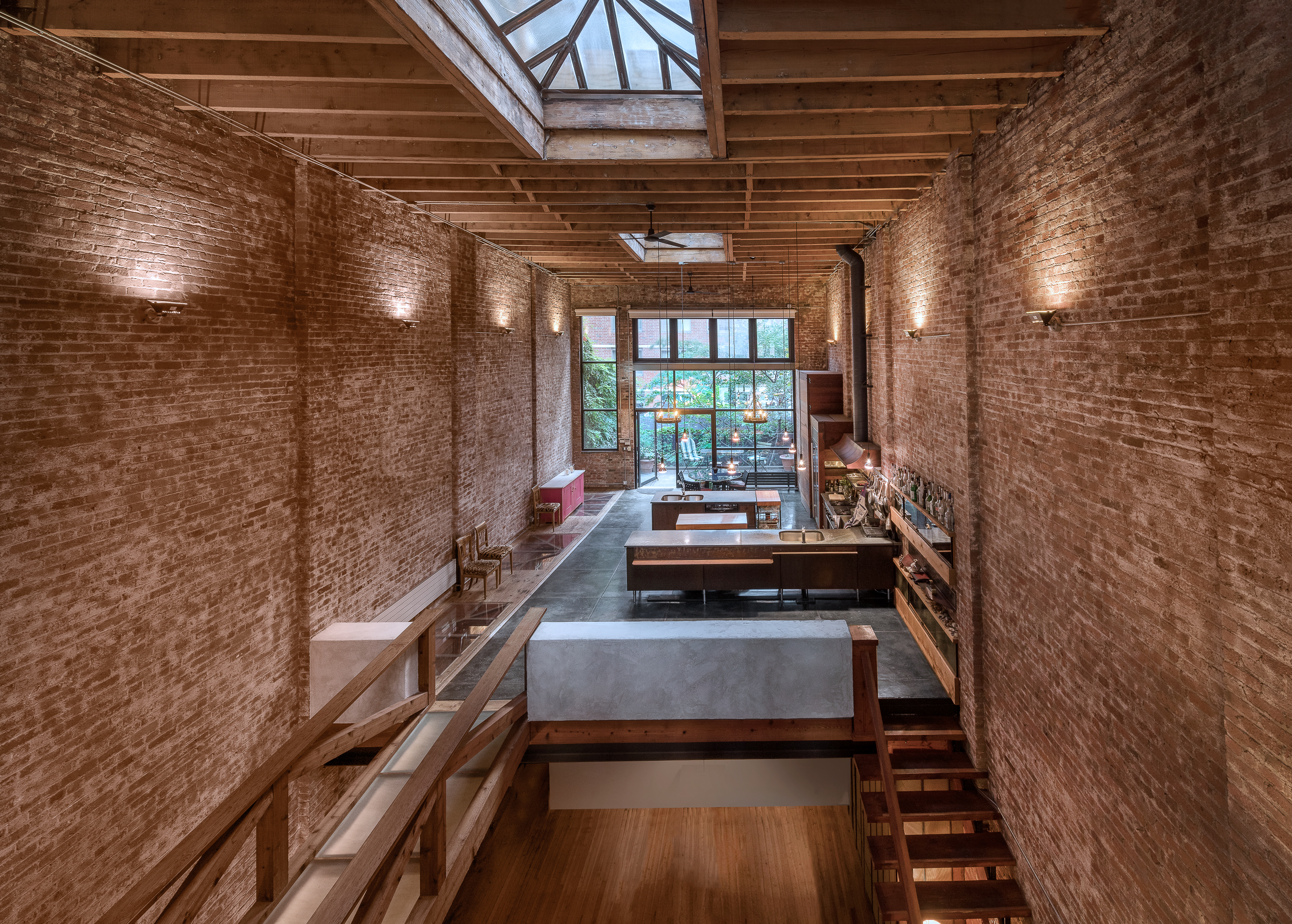
New building engineering and design enables soaring skyscrapers and full-height glass windows that allow for panoramic views, a highly-demanded amenity, especially the higher up you go. Literally and figuratively. Indoor pools, heated rooftop pools, gyms, and garages are now standard amenities in the glass towers rising in Hudson Yards, Tribeca, around Billionaire’s Row, and the Financial District.
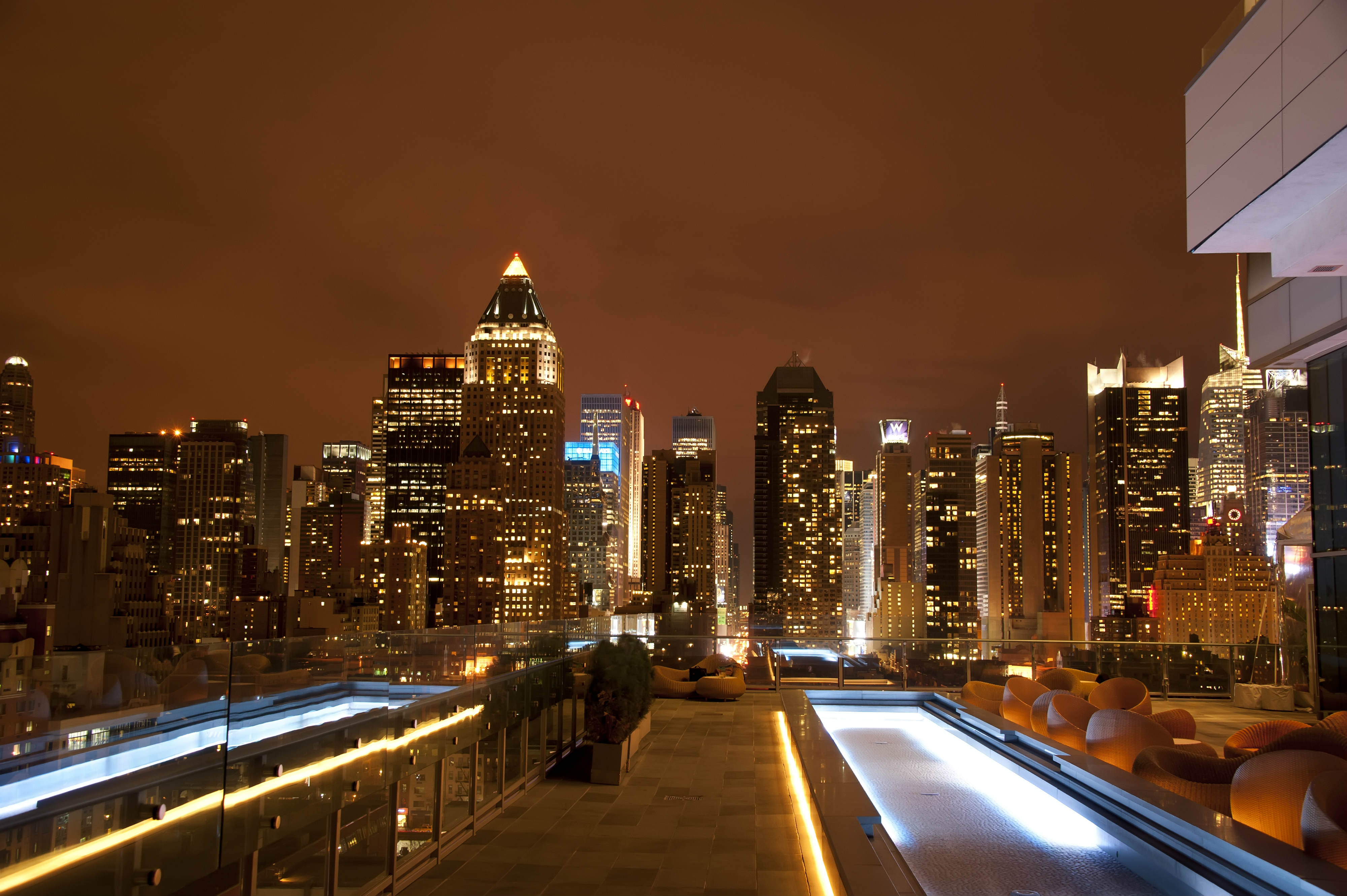
Let’s not overlook the kids and dogs. More and more apartments include children’s play areas indoors and out, complete with stroller valets and pet spas, grooming areas, and outdoor dog parks too.
What more could apartment dwellers want. More. And they are getting it, from private in-apartment swimming pools, to automated vehicle parking and retrieval, to rock climbing walls, bowling alleys, basketball courts, yoga studios, private wine tasting rooms and wine storage, and even more, like access to private yachts and jets.
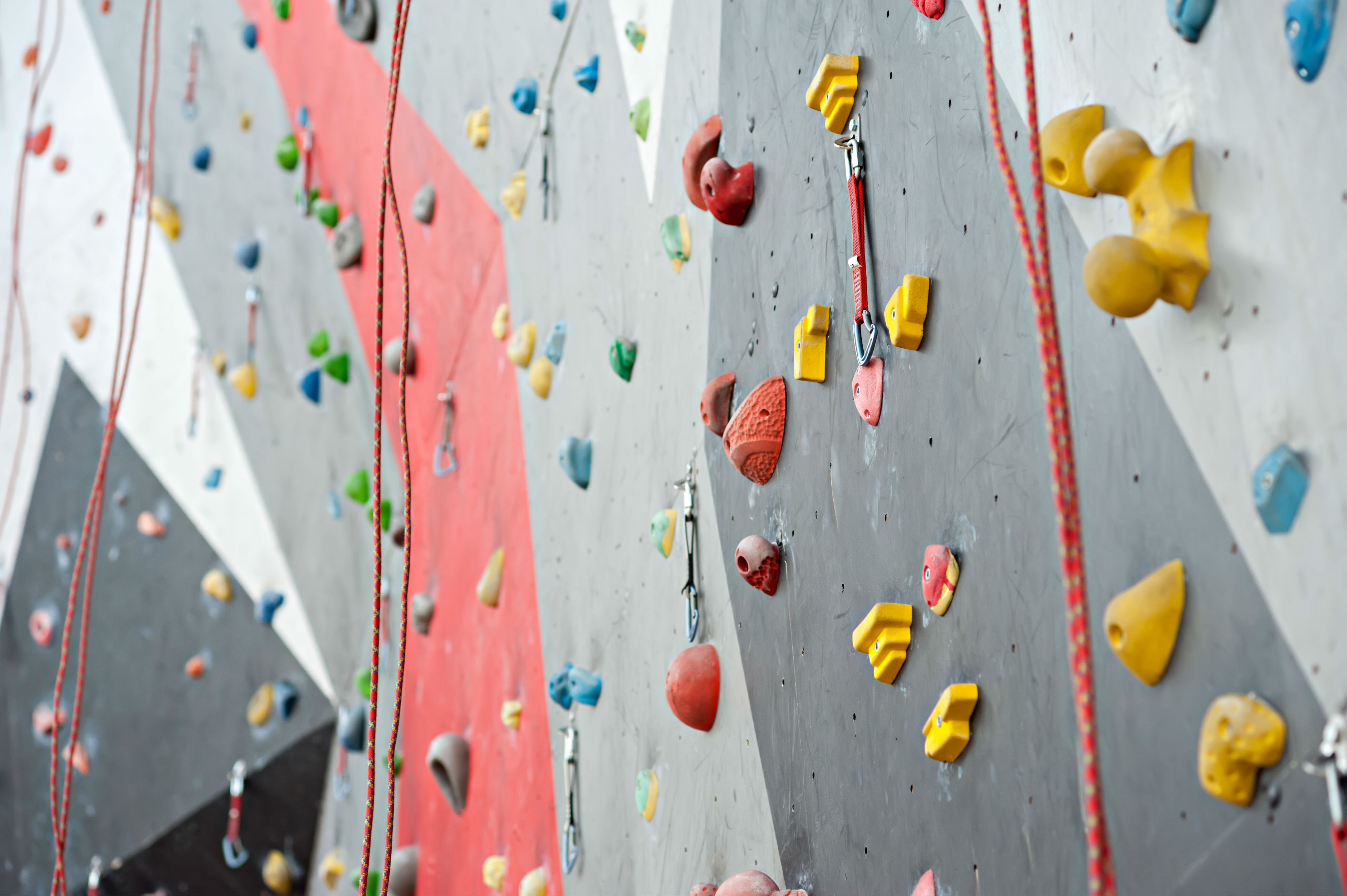
You never know when you might have the urge to fly to Paris for dinner. Not to worry if you live at One Eleven Murray Street in Tribeca, where the tower’s developers have a partnership with Blue Star Jets, and residents can book travel arrangements through the building’s concierge for a private jet to anywhere in the world with just four hours’ notice—including food, beverages, and in-flight entertainment. Or, if you’re after a more low-key dinner in the city, you can book a private car to take you anywhere in driving distance you want to go.
Want to travel by sea instead? If you plan to live at One Seaport at 161 Maiden Lane, in the 670-foot tower expected to complete this year in the Financial District, you will have access to one of three private yachts up to three times a week. Each yacht will come complete with seafaring full-service staff and all you’ll pay for is fuel and docking the boat. If you choose not to leave the premises, you will be able to avail yourself of the two full-amenity floors with spas, a hydrotherapy pool, sauna and steam rooms—and unobstructed waterfront views.
Feeling musical and a bit more down to earth? If you reside at The Kent at 200 East 95th Street on the Upper East Side, you can relax next to a blazing fire and enjoy a cocktail in The Drawing Room, the building’s private lounge. Then head to The Sound Lounge, the Lenny Kravitz-inspired rehearsal studio equipped with professional guitars to jam alone or with friends. You can do all this after you’ve deposited the kids in Camp Kent and the dog in the on-site canine spa. And when you want to head out with your toddler, collect the stroller from the stroller valet.
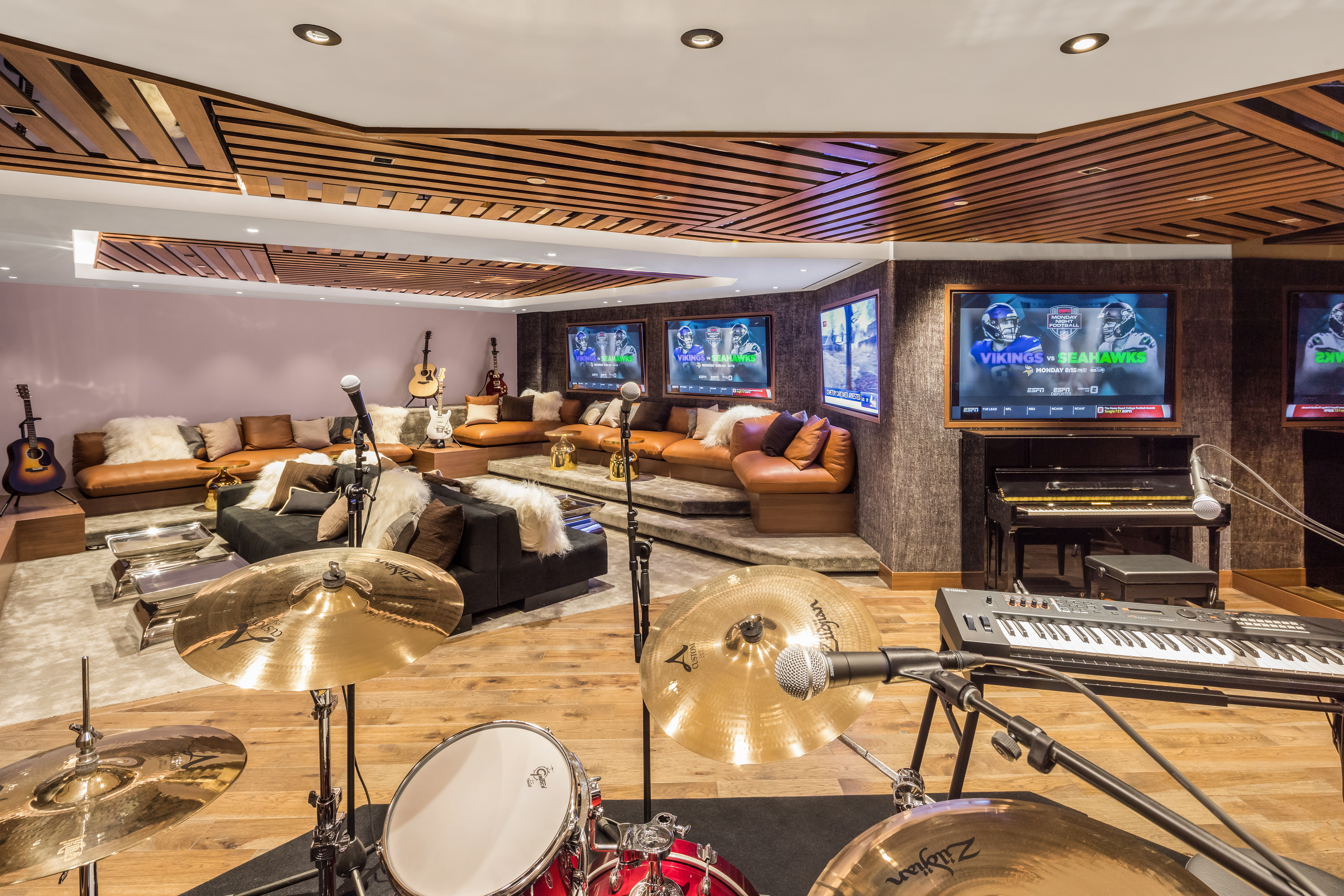
Don’t need a rehearsal space or a yacht or access to a private jet? One57 at 157 West 57th Street offers a private dining room with a full catering kitchen. You can retire after dinner to the library to read and relax and take in the neon-colored fish in the 24-foot aquarium, or cue them up—pool balls, not the fish—on the billiards table. There’s also an arts and crafts atelier, a private fitness and yoga studio, and a place to hose down Fido.
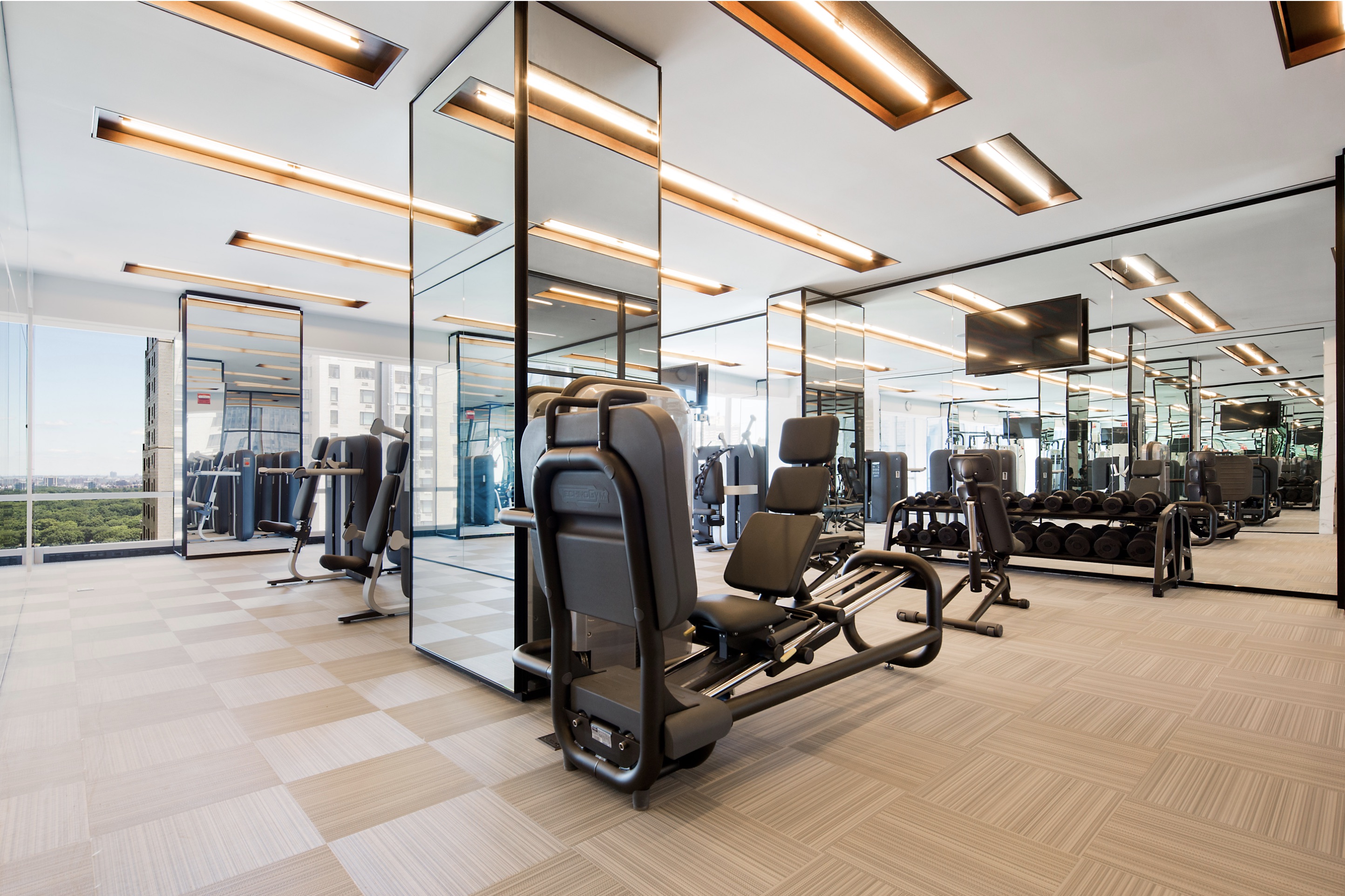
Want something more reminiscent of past architectural glory but replete with all the modern amenities? River House at 435 East 52nd Street in the historic 1931 Art Deco Beekman Building melds the elegance and charm of times gone by with the ease of top-tier living. Residents and visitors enter through a pair of wrought-iron gates that open to reveal a cobblestone courtyard adorned with fountains and statuary. In addition to the standard—not standard at all—health club, gym, and swimming pool, there are three squash courts, two tennis courts, a ballroom, and, if your family is large and your spacious apartment not large enough, put your in-laws up in the guest rooms available for residents’ use.
Feeling green? The award-winning architecture firm, Pelli Clarke Pelli, designed The Visionaire at 70 Little West Street to incorporate the most current conservation technologies available to ensure a clean-living environment. The building received the first-ever New York City Platinum LEED certification. You might live forever in The Visionaire. But if your current concerns are more closely tied to meeting your children’s and pet’s need for the green outdoors, The Printing House at 421 Hudson Street provides landscaped private mews. While The Printing House apartments were not converted from stables as in the traditional mews, they are built around real grass yards as if they were. Residency comes with complimentary year-long memberships to the Children’s Museum of the Arts for the kids and to Biscuits and Baths for pet services and doggie daycare.
Or you could settle for any of the other new high-rise apartment towers redefining the New York City skyline, all with state-of-the-art kitchens and appliances, quartz and marble counters, high and ever-higher ceilings, penthouses, pools, fitness centers, wine tasting rooms and wine storage, and myriad facilities, services, and amenities to meet most lifestyle needs. Until you think of something new and more lavish.